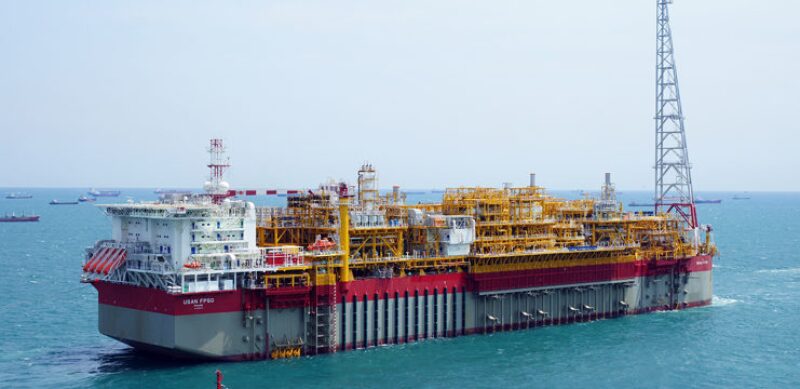Hyundai Heavy Industries (HHI) received ABS Approval in Principle (AIP) for a new floating production storage and offloading (FPSO) hull design. It is intended to store 2 million bbl of crude oil in a barge-shaped hull, applying shipbuilding standards and combining offshore production facility features, such as a 25-year lifetime without drydocking and structural reinforcement for topside structure installation.
“The newbuilding conversion FPSO hull design can be built for about half the cost as compared to a conventional FPSO hull,” said Jae-Eul Kim, HHI senior vice president, Shipbuilding Division. “In the current difficult energy market, the competitive ready-to-convert FPSO hull, with AIP from ABS, offers a practical approach to floating production units—enabling stakeholders to take confident financial investment decisions.”
Dalian Shipbuilding Industry Co. (DSIC) scored AIPs for two designs. Its self-elevating unit design (DSLB150) meets the applicable requirements of ABS Rules for Building and Classing Mobile Offshore Drilling Units (2017) and the IMO Code for the Construction and Equipment of Mobile Offshore Drilling Units (2009). Equipped with a dynamic positioning system, its primary dimensions are 103.35 m length, 91.80 m breadth, and 10.50 m depth. Its deck space stores drilling/workover modules, supporting well intervention and other drilling operations in water depths up to 150 m, such as in East and South China Sea.
DSIC’s second AIP was for a tension leg platform (DSTLP500) design. The unit is designed with four pontoons, four columns, and eight tendons, suitable for operation in water depth up to 500 m, primarily in South China Sea.
“ABS and DSIC have a long relationship and have worked closely on a broad range of offshore projects, semisubmersible units, jackups, and drillships,” said ABS Executive Vice President for Global Offshore Kenneth Richardson. “The ABS and DSIC teams collaborated using advanced simulation technology and incorporated the latest industry standards with the objective of advancing this novel deepwater TLP hull design.”

